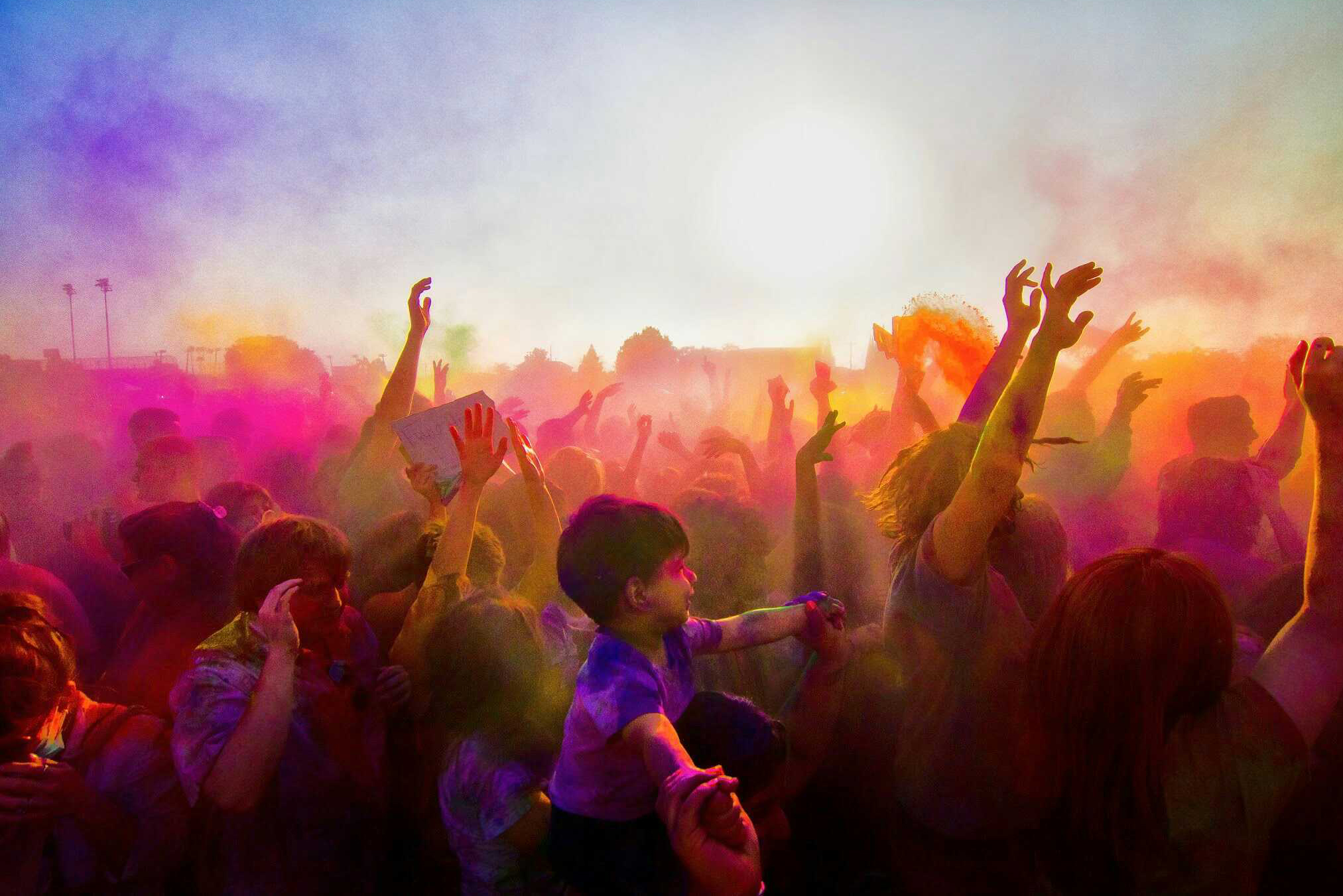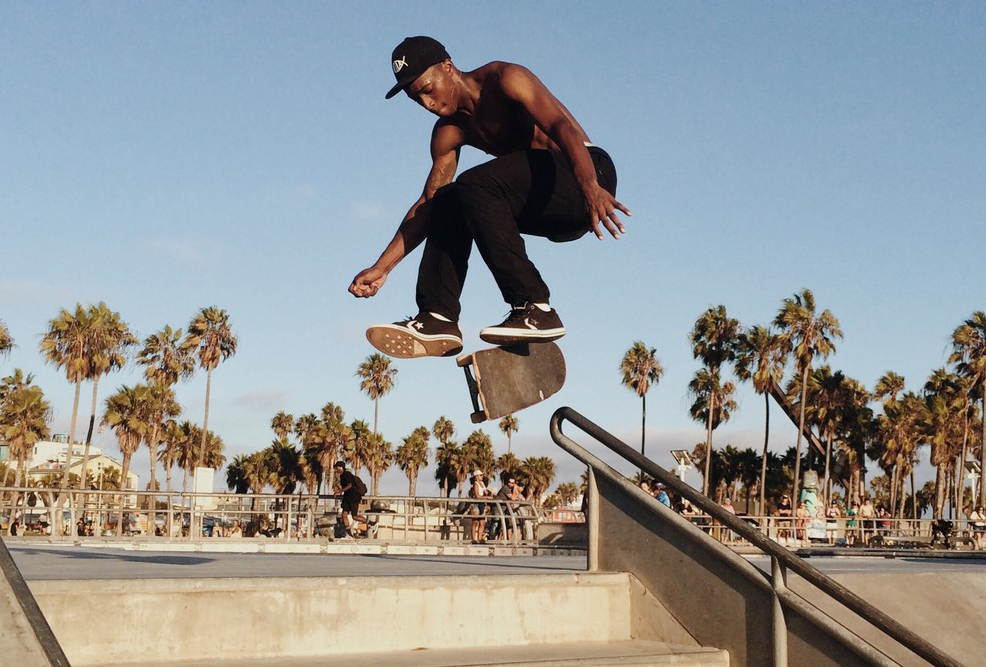Content doesn’t mean text anymore.
When Social Media Examiner asked marketers what type of content they found most important in 2018, the most popular answer, at 32%, was visual.
The world is clearly moving towards visual content marketing. But will it completely replace traditional text content? Is visual content really that effective?
There are many factors that determine the success of a particular type of content. These can be eternal factors, like how the human brain processes content, and transient factors, like SEO, which is evolving and changing over time.
In this post, we’ve done a visual vs. text content face-off analyzing all these factors. We’ve awarded points based on which type of content is faring well for a particular factor, with the goal being to determine when and where visual content is ideal—and where text can still win.
There are a total of seven factors here. Will textual content be able to survive the visual wave? Let’s find out!
1. The Human Element: How our brains are wired
Human beings are visual beings. The human brain processes visual images 60,000 times faster than text. Our recollection capabilities are also much better when it comes to visuals. This is why it’s been found that 4x as many consumers prefer to watch videos about a product than read about it, especially when it comes to e-commerce sites.
Other studies have shown that people spend 10% more time looking at visuals on a page than text content even if the space taken up by the visuals is considerably lower. Everything is pointing to the fact that we humans are wired to be more attracted to visuals.
Result: As long as you’re marketing to humans, it’s crystal clear that visual content dominates.
Visual content: 1
Text content: 0
2. The Humanizing Factor: How content becomes relatable
We live in an era where every brand has a social media channel and blog. Everyone is putting out some sort of content, both visual and text. The brands that are really killing it are the ones putting out authentic user-generated content.
User-generated content humanizes a brand and makes it relatable to people. In a world where everyone is using stock photos, this is a refreshing way to stand out. This is why user-generated photos are likely to get 5x more conversions than normal, branded ones.
Before visual content marketing became big, customer testimonials were the main type of user-generated content. While these are great to inspire action in a landing page, when it comes to social media and branding, it rarely helps. For example, you can never expect a customer testimonial to go viral in social media, but user-generated images and videos are always getting tons of viral attention.
Now, it can be hard even for big brands to inspire organic creation of user-generated content. This is why we created a platform where brands get access to millions of creators who can produce authentic visual content.
Nivea is a great example when it comes to leveraging crowdsourced visual content using our platform.
Result: Showing is much more effective than saying! Visual content marketing is a clear winner.
Visual content: 2
Tex content: 0
3. The Latency Factor: Because page speed is everything
Visual content inherently comes in larger sizes and thus, can put more load on your servers. If your servers are not good, this can affect the page ranking in Google SERP as page loading speed is an important metric.
Even if you manage to get traffic somehow, you risk losing out on conversions. In a Google study, it was found that 53% of visitors would leave a web page if it doesn’t load within three seconds.
But this is a problem only if you don’t take care of your web hosting servers. Moreover, you can still host your video content in third-party video hosting platforms.
Result: Here, textual content gets a marginal edge though it really doesn’t matter if your servers are solid.
Visual: 2
Textual: 1
4. The Attention Factor: In a world full of distractions
According to a Nielsen study, the average time spent by a visitor on a web page is less than a minute. Now, this is the average, which means many don’t even spend that much time. So how do you hook a person to your blog post?
It’s been found that colors capture the attention of people and improves their willingness to consume a piece of content by 80%.
Now changing your font color would be odd. The logical thing to do is to add visuals.
Moreover, most people usually skim through most of the written content. It’s the visual content that has the ability to hold people on.
Result: When it comes to grabbing attention: visuals always rule.
Visual: 3
Textual: 1
5. The Younger Generation: Where are all the money lies
Millennials are considered to be the biggest spenders in the planet having spent a whopping $200 billion in 2017 alone. Gen Z is set to overtake millennials and become the largest generation of consumers by 2020. These numbers will only increase.
Long story short: if you want to succeed, you need to market to the younger generation unless you are in the adult diaper business. But even that will be dominated by these generations in a couple of decades.
The younger demographic, being an Instagram and Snapchat generation, are more used to visual content than any other form of content.
In fact, a recent study revealed that many millennials feel emojis and GIFs communicate their thoughts much more than written content.
Result: Visual content owns the future, no questions asked!
Visual: 4
Textual: 1
6. The SEO Factor: What is more effective in ranking?
Search engines like Google depend on textual content to understand what your page is all about. If you have insufficient textual content, there is a good chance your page won’t even get indexed. Though Google has not set a minimum word limit, experts suggest having at least 250-300 words on a page.
But then, a blog post that’s completely textual and devoid of visuals will reduce the interest of the reader. You can expect less on page time and higher bounce rates in such cases. A combination of text and visuals would be the right way to go. BuzzSumo analyzed 1 million articles and discovered that blogs with a visual after every 75-100 words got maximum engagement.
Result: It’s a tie. When it comes to SEO, both textual content and visual content should work hand in hand.
Visual: 5
Textual: 2
7. Content Creation: Let’s get practical now
In terms of content creation, it used to be so much easier to create a blog post than a video or image. Even half a decade ago, you needed professional designers and video editors to create decent visuals.
However, with a surge in DIY visual tools and boom in user-generated content thanks to platforms like Foap, it’s never been easier to create visual content. As time goes by and technologies get better, this will only get easier.
Moreover, these days, there’s already too much text content being published on the same topic. So, to rank in Google, people are forced to write top-notch content, which takes tons of research, writing skill, and creativity.
Result: For now, it’s a tie. Though text content had an edge some years ago, now it’s pretty much the same. In future, we expect visual content creation to get easier with AI technology.
Visual: 6
Textual: 3
Final Verdict
Though the final result stands at 6-3, most of the points obtained by textual content were as a result of ties. There is no doubt that visual content marketing is the future of content marketing.
Check out our visual content marketing guide to get an in-depth overview of current trends and strategies.








